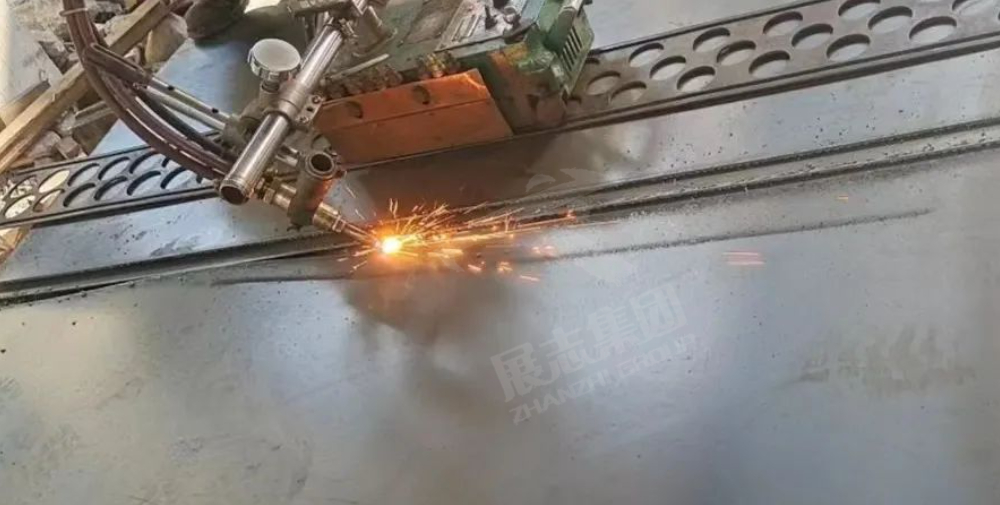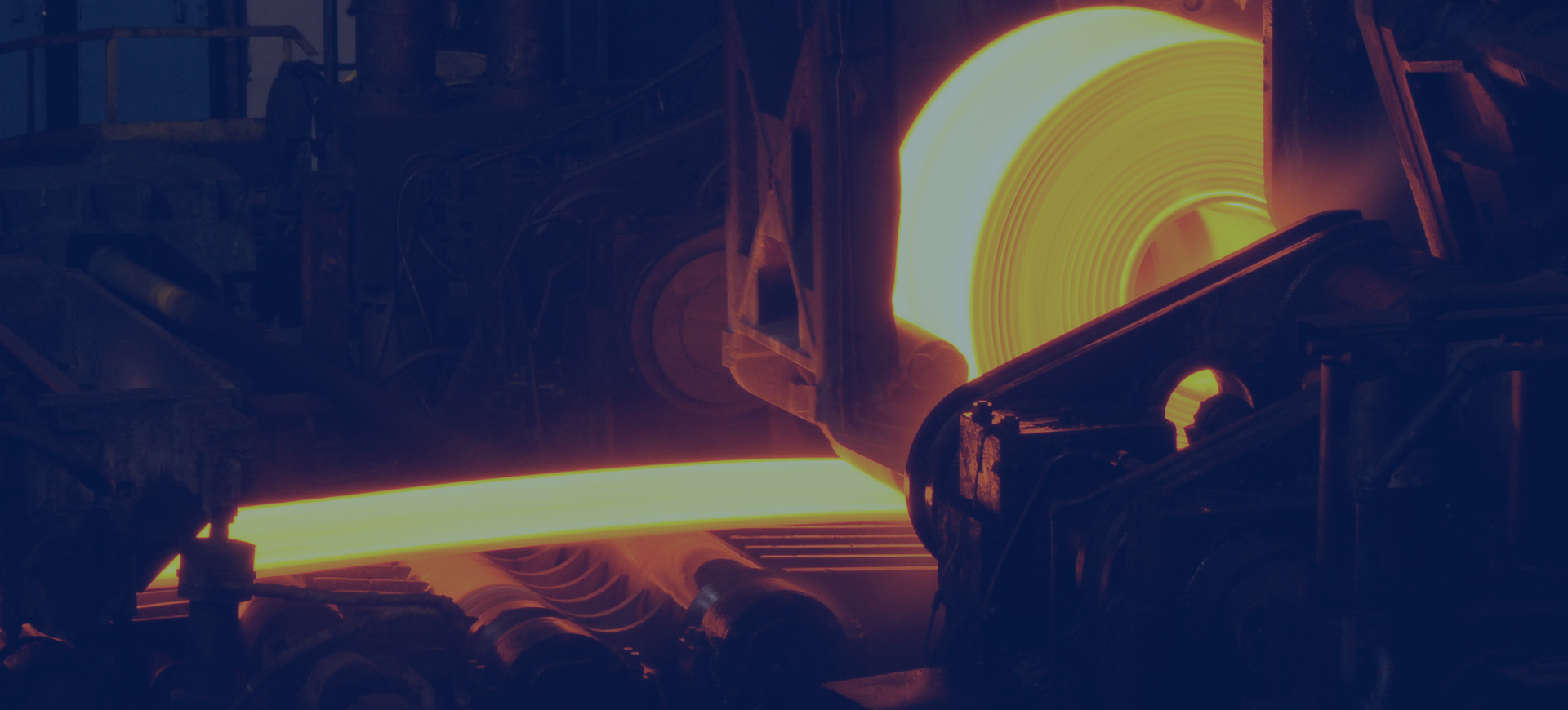Wear-resistant steel plate welding precautions
For NM series wear-resistant steels such as NM300TP and NM450, due to their high hardness and high strength, the current welding wire strength cannot match them. The welding of this type of wear-resistant steel mainly considers the toughness of the welded joints, thereby reducing the risk of cracking. Therefore, its Welding focuses on the selection of welding materials and the determination of welding parameters.
(To learn more about the impact of specific steel products, such as Wear Resistant Steel Plate, you can feel free to contact us)
Welding material selection
NM series wear-resistant steel, that is, the hardness grade is 300~500HBW wear-resistant steel, mainly including NM300TP, NM400, NM450, NM500 and so on. For the welding of NM series wear-resistant steel, whether it is welding of the same grade or welding of different grades, it is recommended to use 50-70 kg low-alloy high-strength steel welding consumables. Under the premise of ensuring a certain connection strength, the weld seam can be retained at a higher level. plastic reserve.
(If you want to know more about the industry news on Wear-Resistant Steel, you can contact us at any time)
Welding parameters
Wear-resistant steels such as NM300TP, NM400, NM450, and NM500 have better weldability, but are more sensitive to stress. During the welding process, attention should be paid to structural design, welding sequence, tooling use, etc., to avoid forced assembly and tailor welding, and the weldment should be balanced and restrained as a whole. Reduce the local restraint stress, avoid closed type full restraint welding, full frame welding, cross weld full welding and spatial three-axis cross full welding, and minimize welding residual stress.
(If you want to get the price of specific steel products, such as Nm500 Wear Resistant Steel Plate, you can contact us for quotation at any time)

In addition, the weld should avoid the work hardening area, such as the bending place: the thickness of the plate is ≤10mm, and no preheating is required, but when the ambient temperature is ≤10°C or the ambient humidity is ≥65%, it is recommended to preheat to 50~80°C; When the thickness is more than 10mm, the appropriate preheating temperature (80~150°C) should be selected according to the ambient temperature and humidity, the constraints of the welded joints, etc.
Post time: May-18-2023








